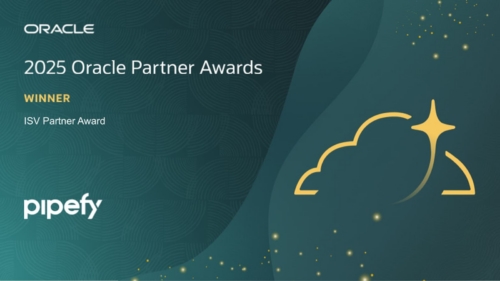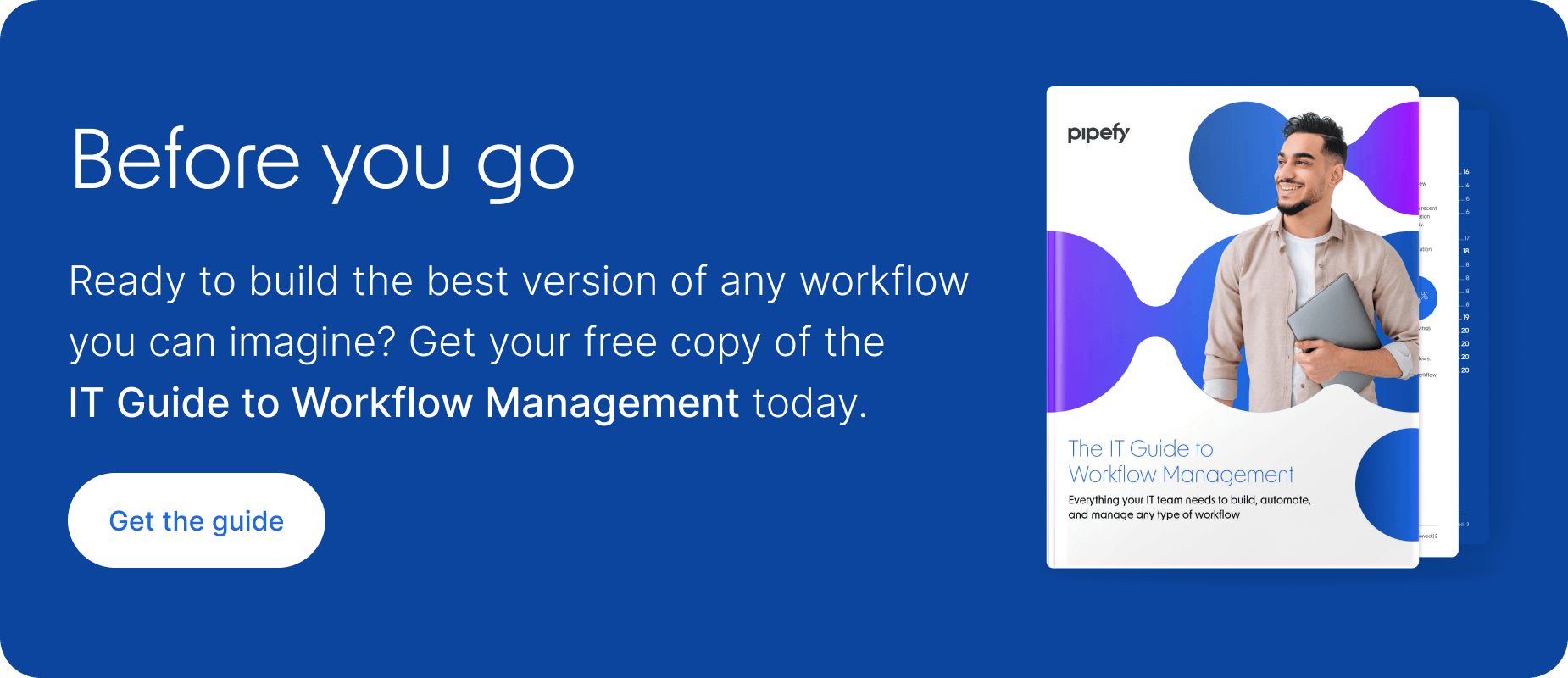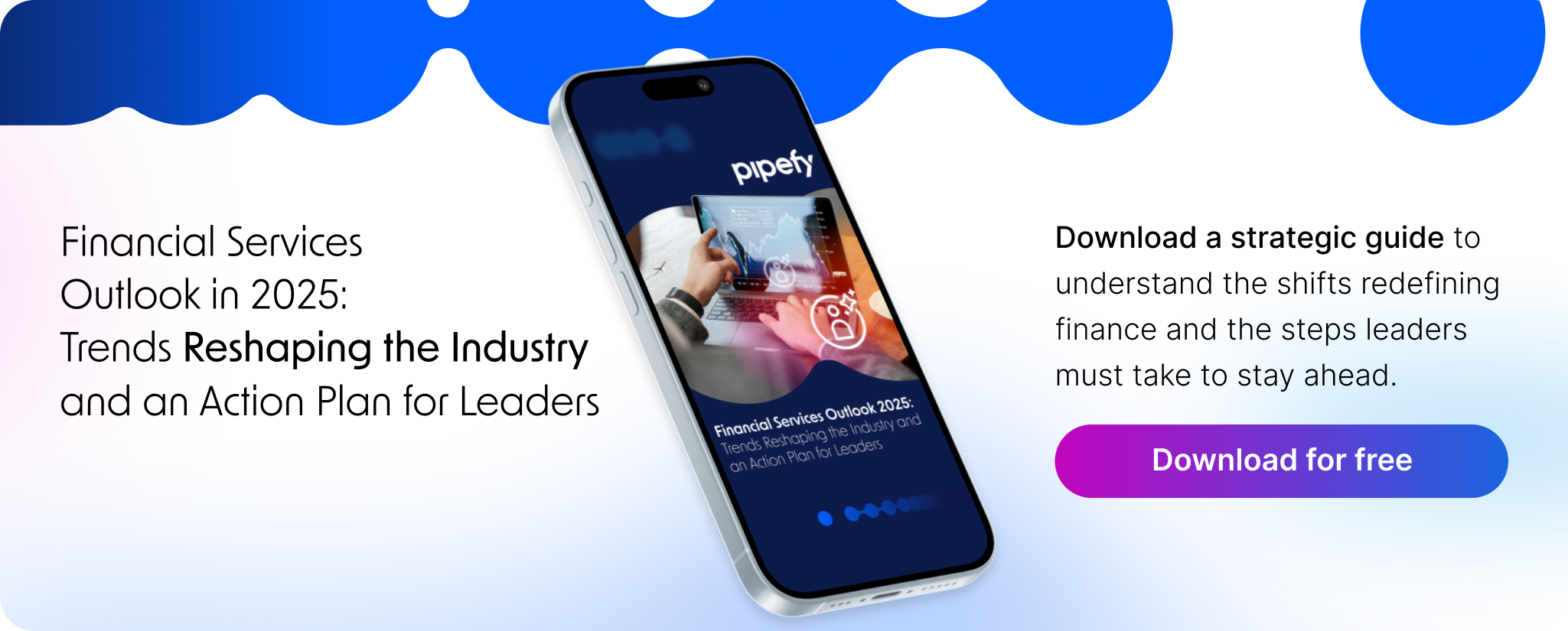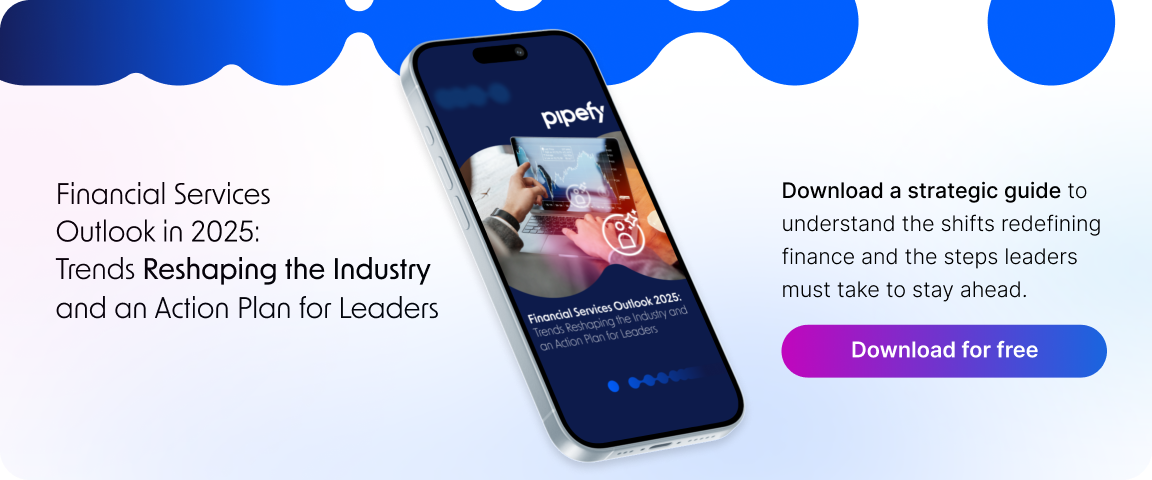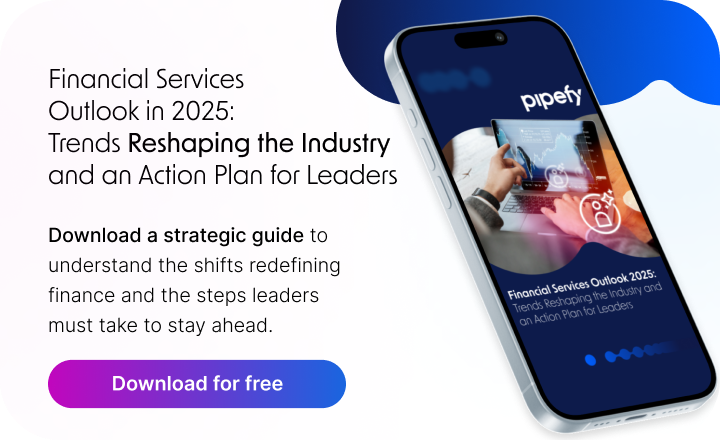
Reinventing Permit-to-Work for a new industrial era
In the high-stakes world of Oil & Gas and Energy & Utilities, reducing unplanned downtime is more than an efficiency goal — it’s a financial and operational imperative. Amid increasingly strict compliance standards and complex asset infrastructures, the traditional Permit-to-Work (PTW) model often becomes a bottleneck.
In 2025, the convergence of Business Process Management (BPM), Business Process Automation (BPA), and AI Agents is transforming how permits are issued, tracked, and closed. This post explores how organizations in asset-intensive sectors are adopting agentic workflows and mobile-first strategies to minimize shutdown windows — without compromising on compliance.
The problem with traditional Permit-to-Work systems
Legacy PTW systems are often paper-based or fragmented across multiple spreadsheets and email threads. This makes it difficult to:
- Track permit approvals in real time
- Ensure version control and auditability
- Prevent human errors that could lead to safety incidents or non-compliance
- Expedite permits during planned shutdowns or emergencies
For large-scale industrial operations, even one hour of downtime can cost tens of thousands of dollars. The lack of integration and automation in traditional PTW processes often leads to:
- Delayed approvals
- Manual compliance checks
- Incomplete documentation
- Extended shutdown windows

A smarter approach: AI-Powered, Mobile-First Permit-to-Work Systems
Modern Permit-to-Work solutions built on BPM platforms and enhanced by AI Agents offer a radically improved alternative. These systems enable:
- Automated approvals triggered by business rules
- Mobile forms for real-time data capture in the field
- Compliance automation with audit trails and version history
- Digital escalations using intelligent logic
Let’s break this down.
Read more: ESG Data Without the Headache: Automating NERC & EPA Reports with AI Agents
Shrinking downtime with Intelligent Automation
Using BPA layered with AI Agents, permits can be approved up to 4x faster than with traditional workflows. For example:
| Traditional Task | Time Required | Automated Equivalent | Time Saved |
| Safety inspection routing | 30 min – 2 hrs | Triggered by AI Agent | 80% faster |
| Supervisor approval | Manual by email | Mobile push + rules | 60% faster |
| Document validation | Manual checklist | AI + OCR | 90% faster |
By connecting these steps in an agentic workflow, AI Agents can execute logic such as:
- “If the risk level is high, route to HSE manager immediately.”
- “If the contractor hasn’t completed the safety checklist, block permit issuance.”
This ensures human oversight without requiring manual intervention at every stage.
Field enablement with mobile forms
Field workers, contractors, and supervisors can now access and complete Permit-to-Work tasks on smartphones and tablets. These mobile forms offer:
- Pre-filled data to avoid redundancy
- Offline mode for remote locations
- Real-time status updates
- Embedded photos or incident logs
This eliminates the need to return to a central office to process or submit permits. And in high-risk sectors like Oil & Gas, every minute matters.
Compliance without compromise
With stricter ESG regulations, operational transparency and safety documentation are non-negotiable. An automated Permit-to-Work platform ensures:
- Built-in compliance controls for OSHA, ISO 45001, and regional regulations
- Real-time audit trails and timestamps
- Auto-archiving and role-based access to documents
- Checklist enforcement (e.g., digital lockout/tagout validations)
For example, in a gas refinery using Pipefy’s automation features, audit readiness improved by 70% due to the system’s capacity to auto-log every workflow step with metadata and user action logs.
Bonus: Agentic workflows can trigger audits or safety escalations without requiring a safety manager to manually check every permit.
The role of AI Agents and Agentic Workflows
AI Agents act as virtual collaborators, orchestrating decisions based on pre-defined logic and real-time inputs. Here’s how they operate within a Permit-to-Work framework:
- Validate task preconditions using data from sensors or external systems
- Escalate anomalies to supervisors automatically
- Reassign tasks based on worker availability or shift schedules
- Predict bottlenecks using historical data
This not only accelerates permit issuance, but also ensures compliance and accountability at every step. The combination of AI Agents and agentic workflows provides a powerful multiplier effect.
The Pipefy advantage in PTW modernization
A platform like Pipefy, with native BPM and BPA capabilities, enables energy sector leaders to build modular, scalable, and compliant Permit-to-Work processes — without a single line of code. Some key features include:
- Visual workflow builders with conditional logic
- AI-driven document analysis for permit attachments
- Dynamic approval routing
- Mobile-ready forms with geolocation tracking
Results: what leading companies are achieving
Companies in the Energy & Utilities sector using automated PTW systems repor can register up to:
- 60% reduction in permit issuance time
- 40% faster incident response due to mobile access
- 85% less manual work with AI-assisted document checks
- Full compliance traceability for audits and inspections
Read more: ROI of No-Code Automation: Calculating for Processes
Getting started: build a Future-Ready Permit-to-Work system
Here’s a simple checklist to begin modernizing your PTW process:
- Map out your current PTW flow
- Identify manual bottlenecks and risk areas
- Choose a BPM platform that supports AI agents
- Design agentic workflows that automate and escalate
- Ensure mobile access and field compatibility
- Embed compliance rules into each step
By following these steps, organizations can create Permit-to-Work processes that are not only compliant, but resilient, scalable, and optimized for the speed of modern operations.
Ready to modernize your Permit-to-Work process?
The future of Permit-to-Work in 2025 is mobile, intelligent, and auditable. Through the integration of BPM, BPA, and AI Agents, organizations in the Oil & Gas and Energy & Utilities sectors are transforming how work gets authorized and executed.
With agentic workflows orchestrating each step, downtime is minimized, risks are mitigated, and compliance becomes a built-in feature — not a last-minute check.
Press the button below to explore how Pipefy can help you build safer, smarter, and faster PTW workflows today.
FAQ: Permit-to-Work in 2025 – Intelligent Automation & AI Agents
What is a Permit-to-Work system?
A Permit-to-Work system is a formal process used to authorize high-risk activities in industries like Oil & Gas, ensuring safety and regulatory compliance.
How do AI Agents improve the PTW process?
AI Agents automate tasks such as risk classification, task routing, and escalation handling. They reduce the reliance on manual decisions, shrinking permit issuance windows and improving accuracy.
What does “agentic workflow” mean in PTW?
An agentic workflow is an intelligent process where AI Agents execute logic autonomously, while humans oversee or intervene as needed. This ensures a balance of speed, efficiency, and compliance.
Is mobile access really necessary for PTW?
Absolutely. In sectors like Energy & Utilities, field teams must access and complete permits on the go. Mobile forms eliminate back-and-forth delays and enable real-time decision-making.
How does automation help with compliance?
Automated systems enforce rules consistently, log every action for audits, and prevent permit issuance unless all safety conditions are met — dramatically improving compliance outcomes.





